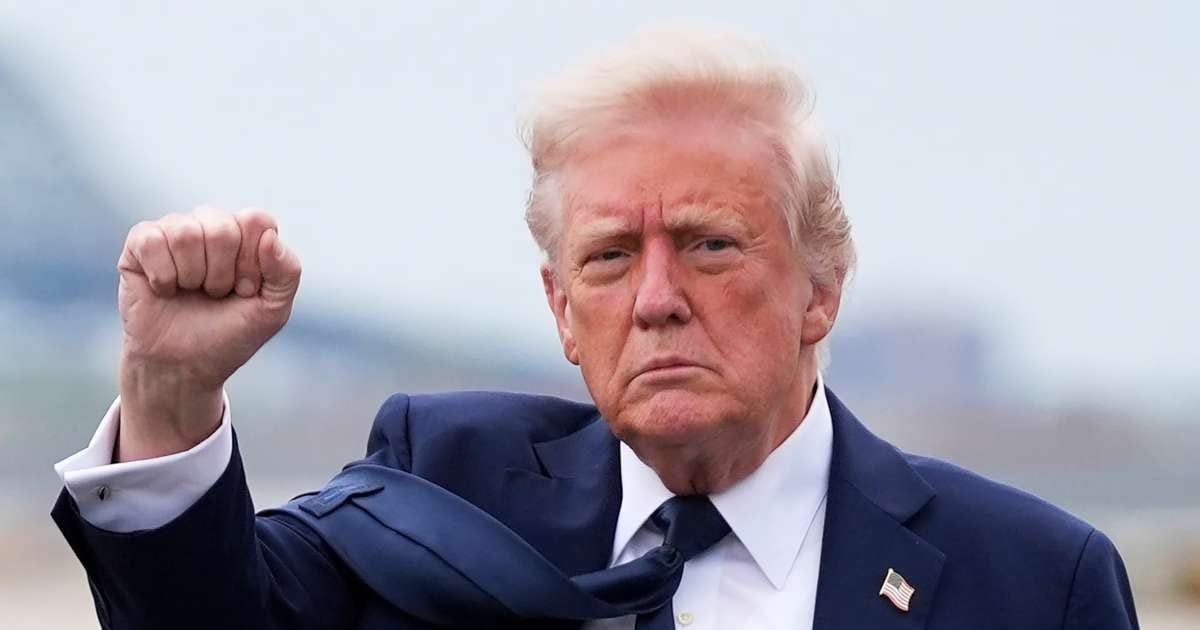AI “is making an impressive transformation” of market analysis, says analyst.
For Daniel Andrés Peláez, AI information should not be overvalued.
The use of artificial intelligence (AI) in bitcoin (BTC) and cryptocurrency trading is changing the way traders analyze, interpret and execute decisions in the market.
Three analysts consulted by CriptoNoticias agree that AI-powered tools are integrating new sources of information and processing large volumes of data in real timeallowing trends to be anticipated with a precision that until recently was unattainable by traditional human analysis.
Rodrigo Durán Guzmán, Communications Director of the Chilean exchange CryptoMKT, explains that AI is revolutionizing the analysis of the bitcoin market by combining on-chain information, sentiment on social networks, movements in derivatives, order book data and macroeconomic indicators.
This, according to the specialist, generates a “broader understanding” of the context and allows you to automate decisions more quickly. «AI models process data in milliseconds and deliver results with defined levels of probability and uncertainty. The trader no longer relies only on his interpretation of the chart, but on models that learn and evolve,” he points out.
Emanuel Juárez, Argentine technical analyst, maintains for his part that AI is transforming market analysis bitcoin because it is now possible to process large volumes of information and detect patterns or liquidity flows in seconds. “Before this required hours of observation,” he recalls. “Today it is done in real time,” he adds.
“In addition, it reduces the emotional component of the trader, one of the most difficult factors to control in the market,” says Juárez, while stating that AI does not replace technical analysis, “but it enhances it by providing greater objectivity and speed in reading the market.”
Likewise, Daniel Andrés Peláez, a Venezuelan specialist in P2P trading, agrees that AI “represents a structural change in the operations” of the market of cryptocurrencies. It highlights that algorithms based on deep learning and natural language processing analyze information in real time and execute automatic operations based on emerging trends.


“These tools combine technical indicators with social media sentiment, increasing accuracy and reducing human error. They also detect anomalies, measure volatility and dynamically adapt to market conditions,” he explains.
Peláez highlights that some AI models reach accuracy levels of over 80% in medium-term predictions, although he clarifies that This does not mean absolute precision.
«There are unpredictable factors that AI cannot anticipate. That is why we should not overvalue their information. It is valuable, but requires constant validation,” he warns.
In that order of ideas, Durán adds that, although AI improves predictive capacity, “it does not eliminate the uncertainty of a market as volatile as that of bitcoin.”
«Its value lies not in guessing prices, but in better managing volatility, detecting early opportunities and reducing errors. Perfect prediction is a myth; “What AI offers is a real statistical advantage,” he says. According to the specialist, the strength of automated analysis is in its ability to process multiple variables and find hidden correlations, which allows the trader to operate with greater contextual information.
Advantages and limits of automated analysis
Regarding the advantages over traditional methods, the three analysts agree that AI overcomes the limitations of linear technical analysis. They point out that algorithms learn from historical data, identify patterns not visible to the human eye, and generate signals based on relationships between price, sentiment, and volume. This, they say, provides a level of discipline and consistency that reduces subjectivity.
Juárez explained that, unlike the manual approach, algorithmic models “eliminate much of the emotional bias,” an aspect that historically affects decision making in trading.
However, they all warn about the risks of relying entirely on automated systems. Durán, for example, considers that delegating decisions without supervision can amplify errors, especially in the event of unexpected events or liquidity crises.
«Algorithms can overfit to past data and fail in new scenarios. In addition, the complexity of some models makes it difficult to understand their decisions, which can generate operational failures or losses due to leverage,” he explains. He also mentions technical risks such as data interruptions or connection failures, that could cause losses if there are no limits and automatic stopping mechanisms.


Peláez also warns of the “overdependence” of traders on AI results. «When an algorithm is successful, it can reduce the operator’s critical judgment and generate blind spots. If the input information is faulty or biased, the predictions are altered,” he points out.
“In addition, the lack of transparency in AI decisions can cause significant losses,” he says, and believes that the use of these tools requires a balance between automation and human controlin addition to a continuous risk assessment.
Juárez, for his part, highlights that automated systems cannot yet anticipate market emotionsa component that remains key in price formation.
«The (Bitcoin) market is 90% emotional, and algorithms cannot interpret that variable accurately. That is why human supervision remains essential,” he points out. At his discretion, the trader must assume the role of guide and not of spectator in the face of algorithmic decisions.
The role of the trader in the face of automation
Regarding the future of trading with AI, experts foresee a closer coexistence between traders and the revolutionary technology. Durán believes that the trader of the future will have to interpret models, understand data sources and strengthen risk management.
«The role will be more strategic and less impulsive. It is not just about reading graphs, but about understanding the macroeconomic context, designing clear rules and monitoring the performance of the models,” he indicates.
Peláez recommends that operators adopt continuing education aimed at understanding how the bots trading and no-code platforms. In fact, it suggests Move forward with caution and do not rush into adopting new tools.
«It is key to observe first, test in controlled environments and move forward based on results. When it comes to money, you have to act prudently,” he says.
Juárez agrees that AI will not replace traders, but will function as an ally to optimize decisions and better manage risk.
«Traders of the future will not compete with artificial intelligence, but will have to train in technology and analysis to use it as leverage. AI allows us to process information faster, but the strategy will continue to depend on human judgment,” he concludes.


A paradigm shift
Indeed, the integration of artificial intelligence in trading marks a paradigm shift in the cryptocurrency ecosystem. Automated systems are already capable of combining multiple sources of information and executing operations with minimal human intervention. This has been seen recently with the Alpha Arena experiment.
However, the warning is more than clear: analysts agree that the effectiveness of using AI for trading depends on control, validation and constant monitoring.
It is true that AI redefines market analysis, but the final decision remains in the hands of the operator, human, flesh and blood, who understands when to intervene, how to manage risk and to what extent to delegate control to a computer algorithm.






Leave a Reply